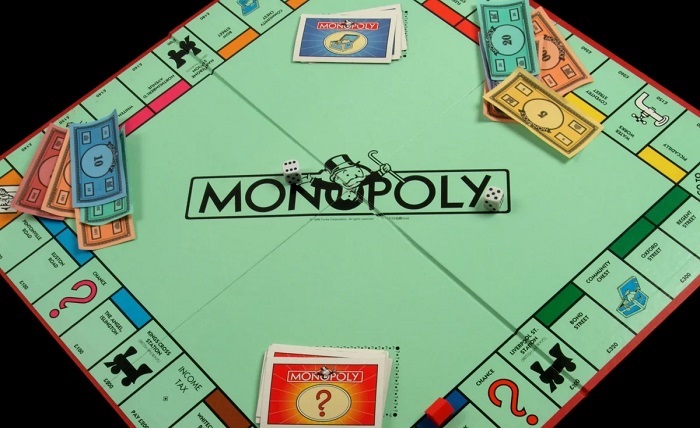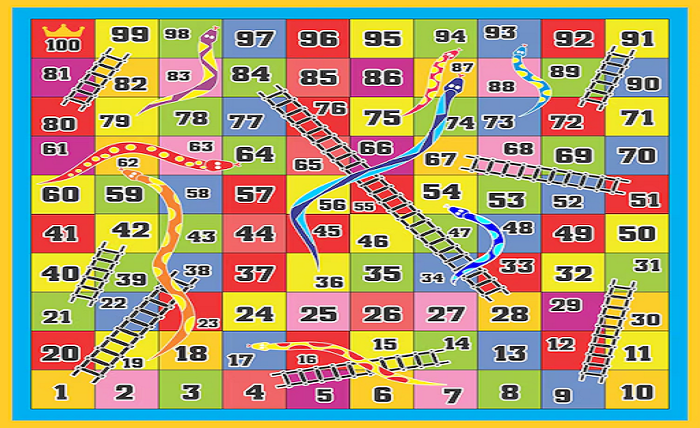Board Game Picks for Strategy, Family Fun, and Classic Play
Board games remain a powerful source of connection, entertainment, and brainpower, even amid a digital-first world. From cozy family nights to intense strategy sessions with seasoned gamers, board games create shared experiences that screens often lack. The board game industry continues to thrive with innovative new titles and reimagined kaku press that cater to every age and play style. Whether you’re gathering with young children, friends, or veteran tacticians, there’s a perfect game waiting to be played.
Best Board Games by Category and Age Group
| Game Title | Category | Age Group | Player Count | Playtime |
| Codenames | Word/Party | 10+ | 2–8+ | 15–30 mins |
| Ticket to Ride | Strategy/Family | 8+ | 2–5 | 30–60 mins |
| Settlers of Catan | Strategy | 10+ | 3–4 | 60–120 mins |
| Candy Land | Classic/Kids | 4+ | 2–4 | 15–20 mins |
| Carcassonne | Tile Placement | 7+ | 2–5 | 35–45 mins |
| Monopoly | Economic/Classic | 8+ | 2–6 | 60–180 mins |
| Azul | Abstract/Family | 8+ | 2–4 | 30–45 mins |
Strategy Games That Challenge the Mind
Strategy board games bring out the thinker in everyone. Games like Catan, Scythe, and Terraforming Mars challenge players to plan, manage resources, and anticipate opponents’ moves. They reward long-term planning and critical thinking over random chance. These games are perfect for competitive groups or family members who enjoy complex decision-making and multi-layered tactics.
Family Fun Games That Bring Everyone Together
Not every game needs to involve intense calculations. Family board games are all about laughter, inclusivity, and accessible rules. Games like Codenames, Dixit, and Just One create hilarious moments and encourage teamwork. These picks often take less than an hour and are designed to be replayed again and again without losing charm. Easy setup, colorful components, and silly storytelling make them family-night favorites.
Classic Games That Never Fade Away
Some games have earned their place in households for generations. Monopoly, Clue, and Scrabble are prime examples of games that continue to evolve yet stay true to their roots. These classic board games have newer versions with updated graphics, faster variants, or themed editions based on movies and pop culture. Their staying power lies in familiar rules and the nostalgia they evoke during every session.
Classic Board Games vs Modern Classics
| Feature | Classic Games (e.g., Monopoly) | Modern Classics (e.g., Carcassonne) |
| Rule Simplicity | High | Moderate |
| Replayability | Moderate | High |
| Time to Learn | Short | Moderate |
| Strategic Depth | Low to Medium | Medium to High |
| Family Friendly | Very High | High |
Cooperative Games: Win Together or Lose Together
Cooperative board games have exploded in popularity because of their ability to turn competition into teamwork. Games like Pandemic, Forbidden Island, and The Crew challenge players to work together against the game itself. These experiences promote communication, delegation, and mutual strategy—perfect for groups looking to bond rather than battle. The thrill comes from navigating crises as a team and celebrating joint victories.
Board Games for Two Players That Still Pack a Punch
Just two players? No problem. Games like Jaipur, Hive, and Patchwork are tailor-made for pairs. These games provide tactical depth, unique mechanics, and engaging narratives even without a full group. They’re ideal for couples, roommates, or anyone who prefers face-offs to group strategy. Some larger games, like 7 Wonders Duel or Splendor, also include excellent two-player adaptations.
Solo Board Games for the Independent Mind
Solo board gaming is more than a niche—it’s a growing trend. Titles like Friday, Under Falling Skies, and Mage Knight offer compelling solo campaigns with deep strategy. These games often include automa decks or enemy scripts that challenge the solo player across multiple scenarios. Whether you want to unwind solo or simulate challenging campaigns, these games bring full entertainment without needing a group.
Wrapping Up
Board games in 2025 are far from relics—they’re dynamic experiences that bridge gaps between generations, personalities, and even learning styles. Whether you’re strategizing in a competitive setting, laughing over party antics, or introducing a child to their first cooperative challenge, board games offer more than entertainment—they offer connection. In an era of constant digital input, the tactile joy and thoughtful interaction of board play are irreplaceable. These games remind us that sometimes, the best way to level up in life is by simply sitting down together.
FAQs
What’s the difference between modern and classic board games?
Classic board games like Monopoly and Clue rely on simple mechanics, dice rolling, and luck-based outcomes. Modern board games, such as Wingspan or Azul, emphasize strategy, player choice, and creative design. They often feature elegant rules, scalable difficulty, and enhanced replay value. While classics bring nostalgia, modern titles offer fresh and dynamic experiences for today’s players.
Are strategy board games suitable for kids?
Yes, many strategy board games are designed with children in mind. Games like Kingdomino, Ticket to Ride: First Journey, and Sushi Go! introduce strategic thinking through simple choices and colorful artwork. They help develop critical thinking and decision-making skills in an engaging way. With age-appropriate rules, even younger players can enjoy deep, rewarding gameplay.
What makes a board game good for families?
A family-friendly board game should have easy-to-understand rules, short-to-moderate playtime, colorful components, and inclusive gameplay. Games that encourage laughter, storytelling, or teamwork—like Just One or Codenames—are excellent picks. Replayability, age adaptability, and cooperative mechanics also contribute to a game’s success as a family favorite.
Can board games be educational as well as fun?
Board games like Scrabble improve vocabulary, while games like Timeline teach history in a playful format. Many games subtly build math, logic, communication, and geography skills. Educational games are especially effective because players absorb knowledge while immersed in enjoyable experiences, making learning natural and memorable.
What are some of the best short board games for quick sessions?
If you’re short on time, consider games like Love Letter, Sushi Go!, Qwirkle, or Skull. These titles often take under 30 minutes but still deliver strategic decisions, fun interactions, and player satisfaction. They’re ideal for warm-ups, filler games between larger sessions, or casual coffee-table entertainment.
How do I choose a board game for a large group?
Large-group games benefit from fast-paced turns, simple rules, and high interaction. Games like Wavelength, Telestrations, or One Night Ultimate Werewolf shine with bigger parties. Look for games that support 6+ players and minimize downtime. Cooperative games or party-style formats often work best to keep everyone engaged and laughing.
Are solo board games really worth playing?
Yes, solo board games offer rich, immersive experiences tailored for independent play. Games like Arkham Horror: Card Game or Gloomhaven: Jaws of the Lion allow deep strategy, story progression, and puzzle solving. They’re perfect for quiet evenings, skill building, or when friends aren’t available. The market for solo play is expanding rapidly with brilliant designs.







